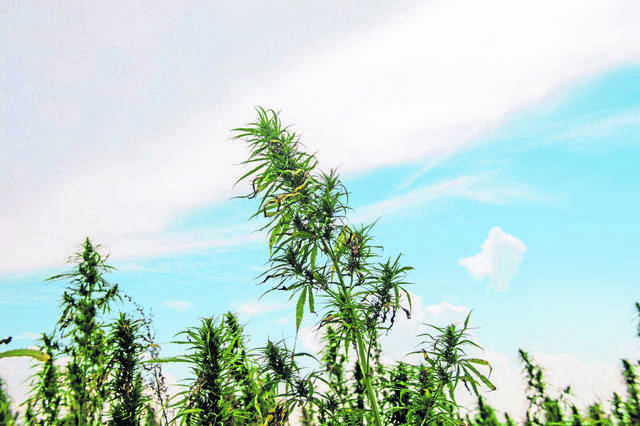If you want an example of exactly why some changes can’t happen overnight, look to the hemp industry.
Regardless of anyone’s position on the decriminalization of marijuana or the legalization of cannabis for medicinal use or the newest push for it to be permissible recreationally, it is hard to turn around decades of prohibition on a dime.
Hemp — marijuana’s hardworking, much less fun cousin — has a world of industrial applications. The oldest and most obvious is rope. The plant’s sturdy fibers make it perfect for fabrication purposes.
At the same time, it is valuable for the oil it contains, the same cannabidiol or CBD that is being hawked in hundreds of products from lotions and creams to gummies and candies being offered in shops on every street corner.
That is why Pennsylvania’s 2018 Farm Bill legalized hemp for cultivation and the state issued 319 permits to farmers looking to cash in on the crop. There were 21 in Allegheny and Westmoreland counties.
The industry is off to a good start.
But harvesting illustrates that good ideas can have unexpected complications. The same things that make hemp valuable — those strong fibers and rich oil — have gummed up the works with machinery and forced farmers to cut the plants by hand.
That doesn’t make the decision good or bad. It just means that some things aren’t as easy as passing a law or pushing a button.
Hemp doesn’t grow overnight like a mushroom — or like the blooming demand for the products that can be made from it. It takes time. The process of legalizing it has taken time. Growing the industry has to take time, too, to prevent the problems from overgrowing and choking out the benefits.
Proponents of recreational marijuana legalization should take notes. It might save them time when and if the fruits of their own labors are ready to harvest.








